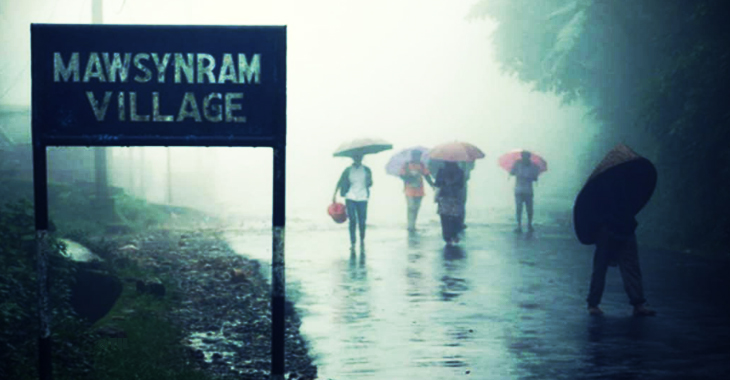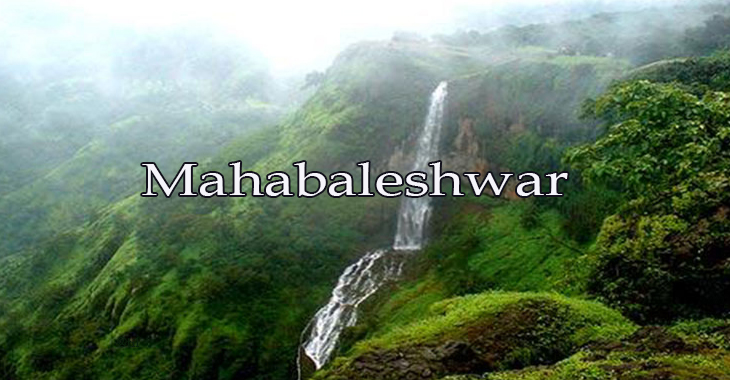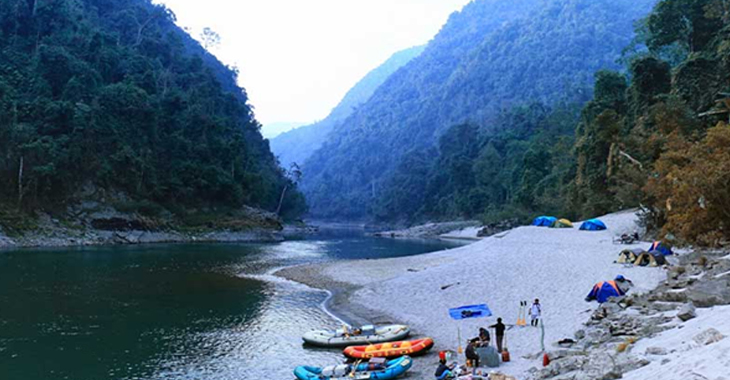India is a diverse country. linguistic, geographic, and even cultural diversity! Because of the latter, different regions of the subcontinent have a range of temperatures and climates. Isn’t it amazing to learn that the area in India that has the most rain also experiences the most rain globally? India has a wide variety of weather conditions due to its extensive geographic size and diverse topography. As a result, there are locations that are as dry as the Thar Desert in the West and places that are as wet as Mawsynram, which is the wettest place in India, in the East. Leh in the North is as chilly, and Chennai in the South is as humid. It is an excellent combination of all of these. India is so amazing! Meghalaya, Maharastra, Sikkim, and Arunachal Pradesh are among the Indian states with the most rainfall.
The Indian subcontinent and the nearby water bodies are impacted by the Indian monsoon. The monsoon winds blow from the north east during the cooler months and switch to the south west during the warmer months. In India, the entire cycle delivers heavy rains, especially in the months of June and July.
1. Mawsynram
2. Cherrapunji
3. Mahabaleshwar
4. Gangtok
5. Pasighat
1. Mawsynram

The wettest place on earth and in India is Mawsynram of the Khasi Hills in Meghalaya, North East India. It is situated in the valley’s centre on the summit of a hill. In India, 11, 872 mm of rain had been recorded during the height of the monsoon.
Simple locals who live in the humble hamlet of huts, where rain-bearing clouds frequently enter, think it’s fantastic that their village is listed in the Guinness Book of World Records as the wettest place on Earth. Residents take precautions before the rainy season because landslides are a frequent occurrence in the area due to the constant, heavy rainfall.
Mawsynram, which is known as the wettest region on Earth, is the ideal location to experience the beauty of rain. Mawsynram, which is in Meghalaya’s Khasi Hills, records 11,872 mm of rainfall during the monsoon season. While travelling by road to this location, one can witness countless rushing waterfalls.
In the Guinness World Records, the settlement was listed as the wettest location. Every year, hundreds of tourists come to Meghalaya, which is literally translated as the “abode of clouds,” to experience the tranquil beauty that is ensconced there. While resting at this lush location, you can arrange a trip to Mawsmai Caves, Mawsmai Falls, Nohalikalai Falls, and Mawlyngbna. This location is among the wettest in all of India.
2. Cherrapunji

It contends with Mawsynram for the Guinness Book record. At 4500 feet above sea level, it is situated. The spectacular monsoons, which are reportedly Cherrapunji’s only weather because it literally rains here all year round, draw throngs of tourists. Its beauty has been untouched, nevertheless. Another unusual aspect about this place is that it typically rains at night to avoid interfering with the day’s activities.
Cherrapunji has the second-highest rainfall in all of India. Cherrapunji, which is situated at the meeting point of two gorges in a hill, receives 11,619 mm of rain annually. It’s the ideal place to relax because of its pure and expansive scenery. Cherrapunji’s unspoiled beauty and comforting surroundings will undoubtedly rejuvenate you. Numerous attractions are located there, including the Double Decker Living Root Bridge, Dawki, Mawlynnong, Nohkalikai Waterfalls, Mawsmai Cave, etc. The majority of India’s rainfall falls in this area.
3. Mahabaleshwar

The Maharashtrian city of Mahabaleshwar follows in terms of annual rainfall. The measured level is 5,618 mm. Additionally, because of its proximity to the Western Ghats, it receives minor amounts of rainfall continuously throughout the year. The monsoon season brings a lot of rain. It is the ideal weekend escape in the summer.
The Western Ghats hill station of Mahabaleshwar is renowned for its rivers, beautiful cascades, and towering summits. One of the places in India with the most rainfall is in the Satara district of Maharashtra. Numerous attractions, including waterfalls, valleys, lush, dense woods, and old temples, draw hundreds of tourists to this gift of nature.
Here, one can take in the alluring views of Wilson Point, Elephant’s Head Point, Chinaman’s Falls, Dhobi Waterfall, Arthur’s Seat, and Venna Lake. Mahabaleshwar will likely see some of India’s heaviest precipitation in 2023.
4. Gangtok

3,737 mm of rain fall falls on Sikkim’s famed capital each year, which is more than enough to provide you and your loved ones with a relaxing vacation. For a fascinating wildlife adventure, take a trip of the rare Khangchendzonga national park. Alternatively, visit Rumtek Monastery to experience more calm while on vacation.
From June to September is the monsoon season. Deep heavy rains that frequently also cause landslides characterise this season. You have the option of visiting this amazing beauty in September and October or from March to June when the weather is pretty greeable. Bagdogra Airport in West Bengal is the closest airport to Gangtok, and from there you can take a bus or a taxi to get there. You can also travel here by bus after taking the railway to New Jalpaiguri in Siliguri.
5. Pasighat

4,388 millimetres of rain fall on Pasighat each year. Pasighat, one of the oldest settlements in the state of Arunachal Pradesh, is full with lovely tea gardens yet feels more like Assam than Arunachal Pradesh. Pasighat, which is home to the River Bramhaputra, is referred to as the “Gateway of Arunachal Pradesh. White river rafting, boating, and fishing are just a few of the exciting activities available. 4,388 mm of rain falls annually in Pasighat. Tourists are drawn to this captivating location by the stunning tea gardens and the harmonious combination of tranquilly and adventure. The main Pasighat attractions are Daying Ering Wildlife Sanctuary, Pangin, Kekar Monying, and Konsing.
It is situated next to the Siang River. Otherwise, the community is calm and not very active. The majority of visitors stop here to board a taxi or boat to travel to other locations in Assam or Arunachal. Sunrise near the Siang River is a beautiful sight.
By travelling here in the winter, one can refuel their sightseeing tour. However, to enjoy a variety of water sport activities, travellers must schedule a trip to Pasighat during the summer. From Itanagar and Dibrugarh, one can use a helicopter service to get here.
Read More
India’s Top 5 Best Electric Scooters for 2023
5 Best Cars Value for Money(VFM)


